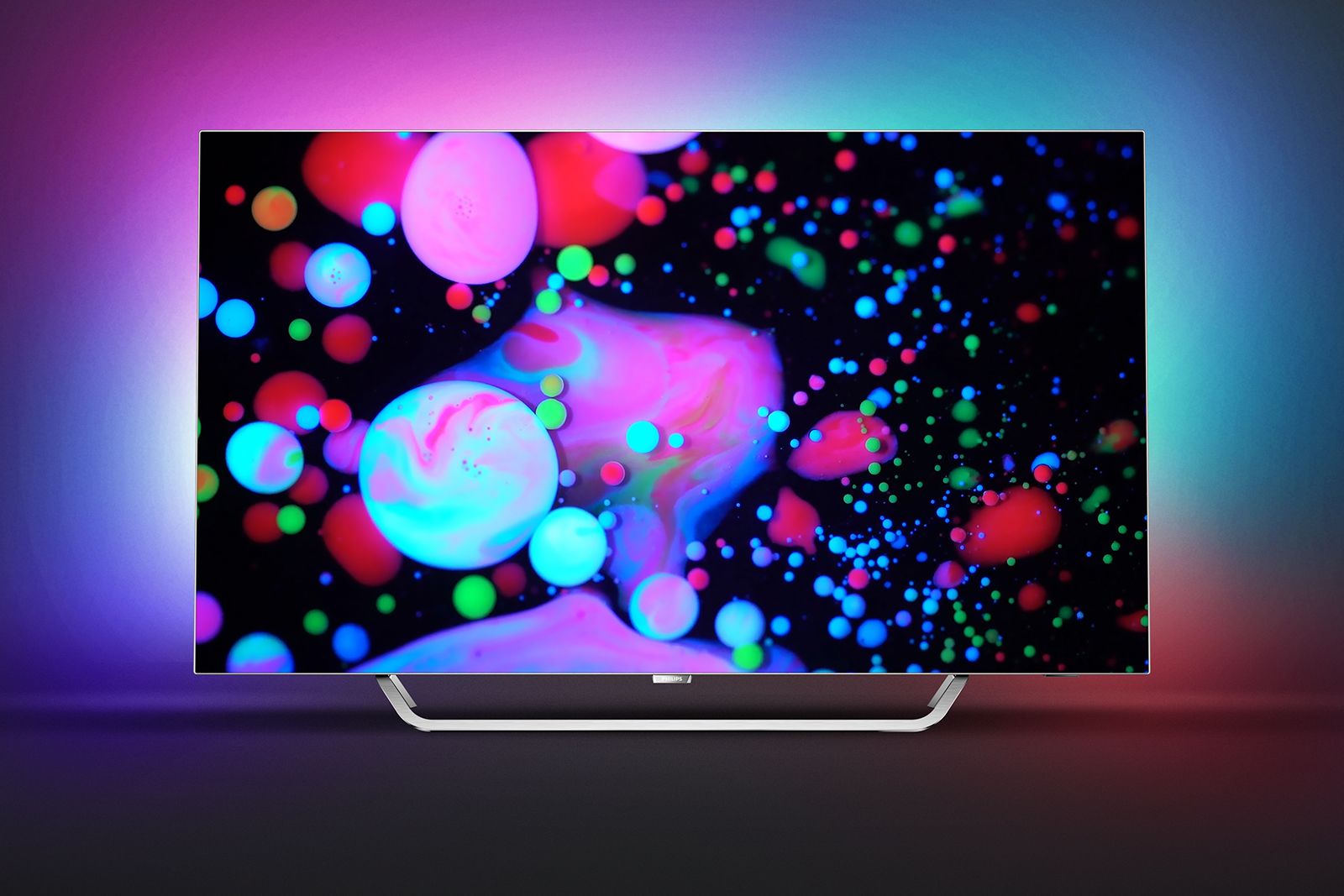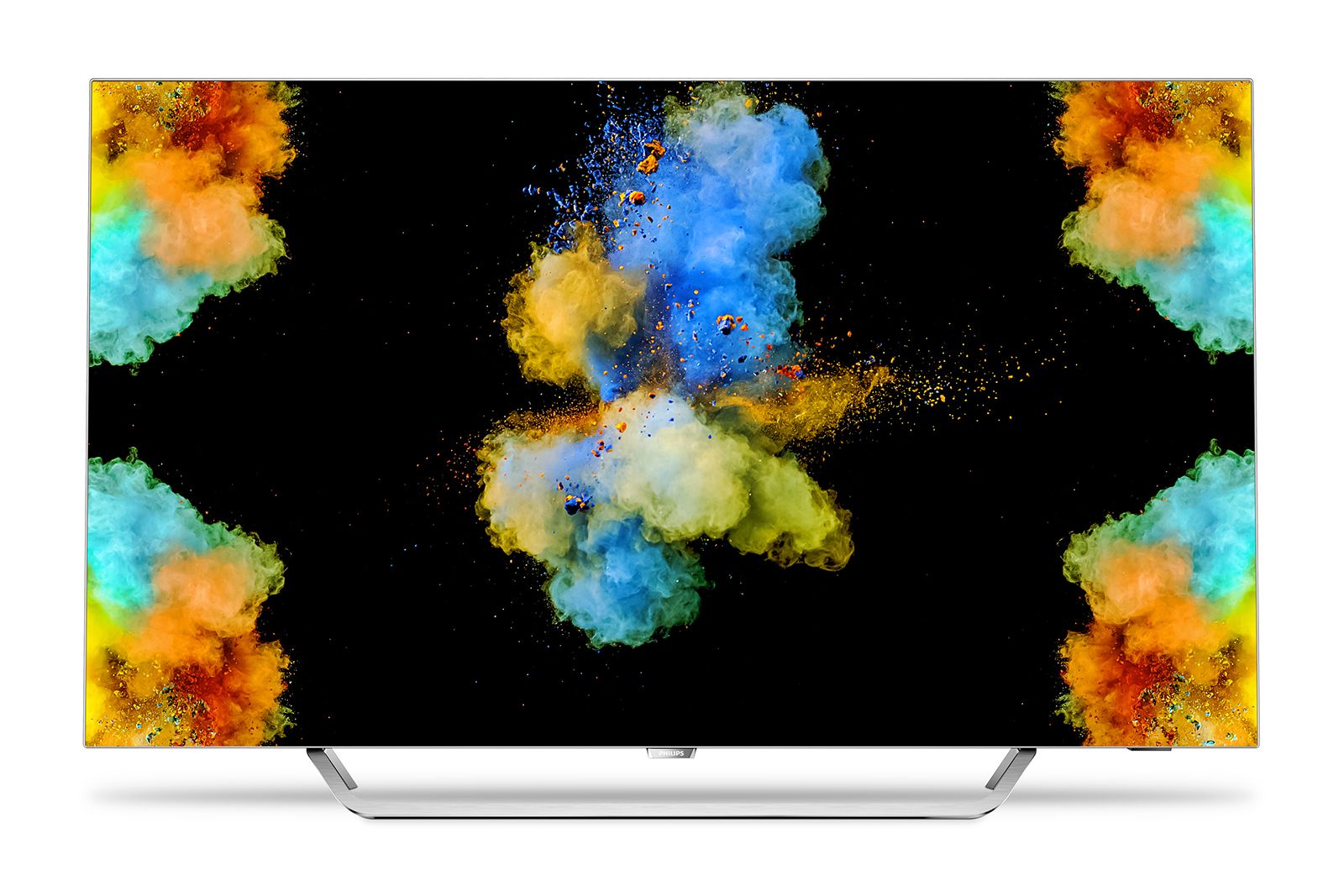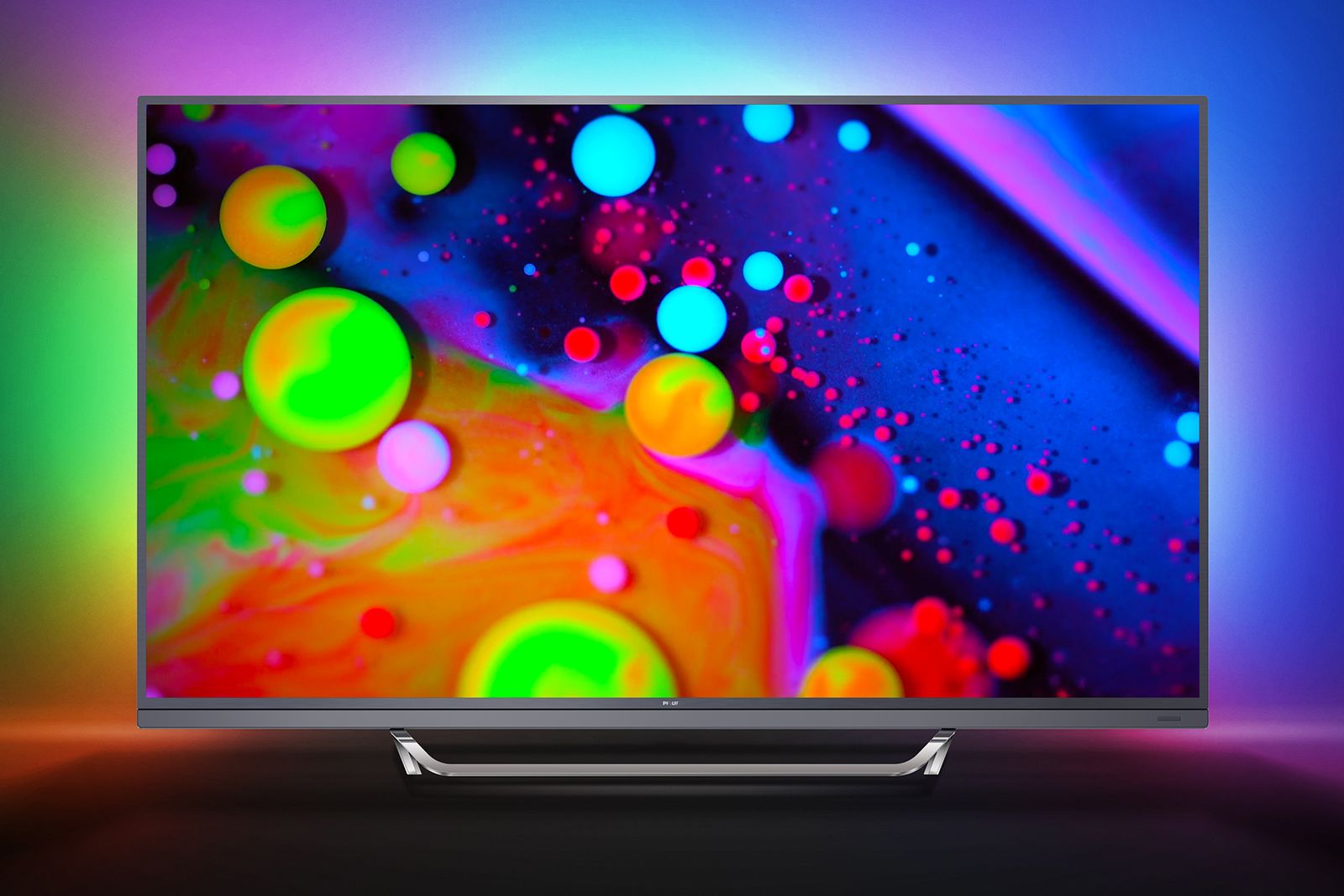When it comes to great TV picture quality, it all starts at the beginning.
If a TV doesn't immediately recognise the type and quality of the source images it's receiving and deal with any inherent flaws they might contain right away, any subsequent attempts to improve the picture quality will fall flat. It doesn't matter if it's a Blu-ray, 4K Blu-ray, Sky box or games console, poor processing by a TV could end up making the final picture worse by simply exaggerating the source's issues.
And dealing with potential source flaws isn't as easy as it sounds. It requires a potent combination of picture analysis, processing power and decades of video experience to deal with every issue associated with all the many sources available to us these days.
That's where Philips' new P5 picture processing engine, as found in the Philips 9002 OLED TV and other flagship sets, comes into its own.
What is the Philips P5 Picture Engine and how does it improve picture sources?
The P5 is Philips' most powerful video processor ever, capable of managing up to four billion pixels in real time. What's more, by bringing together all processing elements onto one chip, where it used to be spread across three, the P5 is able to apply each of its many steps of picture improvement in the most effective order. Starting with a series of critical 'first steps' for cleaning up a source, so that the P5's further enhancement systems can deliver better results.
The very first thing Philips TVs equipped with the P5 system do is apply an advanced noise meter to an incoming source. This is designed to identify what is 'true' picture content and what's unwanted noise introduced at any of the capture, mastering or distribution stages every source goes through before arriving on your TV screen.
Having identified the noise, the P5 Engine then removes it. Unlike typical noise reduction systems though, it doesn't just apply a universal processing approach across the whole image. Instead, it applies its 'clean up' techniques intelligently, using a combination of enhanced motion detection and separate spatial and temporal noise reduction to vary the way and extent to which noise is tackled in different parts of the image. This helps it avoid the sort of softness, smearing and blurring that accompanies most noise reduction systems.
For example, if a picture contains a mixture of highly detailed areas (such as trees and bushes) and large expanses of relatively uniform colour (such as blue skies), then the P5's noise reduction system is clever enough to 'soften away' any fizziness or blockiness from the skies without making the detailed bits look soft and blurry.
What is video compression noise and how can it be improved?
This is actually just the first of two noise reduction steps applied by the P5 Engine. It also tackles the different type of source image problems caused by video compression systems used by content distributors - especially terrestrial broadcasters. In order to keep their video streams as small and efficient as possible the generally employ heavy-handed image compression.
That produces so called 'MPEG' noise and takes three main forms.
First, 'mosquito noise': small fizzing disturbances around the edges of sharply contrasted edges. Second, a sort of 'grid' effect that makes you feel aware of what seems like pixel structure in the image, especially around curved edges. Finally, blocking issues, where expanses of colour appear as distractingly defined squares rather than smooth, natural blends.
The P5 system's MPEG artefact reduction not only removes all of these digital 'video nasties', but uses a proprietary, ultra-powerful system of detectors and meters to determine how severe the MPEG noise is in different parts of the image. That way, as with its other more general noise reduction system, the P5 Engine can minimise the impact of the processing where it's not really needed, leaving relatively clean parts of the picture looking crisp and detailed.
And there's more: smart big enhancement
Even after all this, Philips' P5 TVs aren't done with polishing your rough picture quality sources into clean diamonds. One final stage of source optimisation applies a phenomenally powerful smart bit enhancement process to incoming pictures to remove all of the messy striping effects that compressed broadcast and, especially, streamed sources can exhibit when trying to show subtle colour blends.
Smart bit enhancement essentially converts the 8-bit colours source images typically use into 14-bit alternatives. That increases 8-bit's 256 shades of each primary colour tone to 16,384 shades, resulting in perfectly smooth, pure colour blends. This is even true with high dynamic range (HDR) content, which usually places aheavy burden on a typical TV's colour processing - not so the P5.
Despite everything we've talked about here, remarkably its source management elements only add up to a handful of the P5 Engine's 26 different stages. Philips truly understands that you can't build an especially successful picture processing engine if you haven't got the foundations right.




